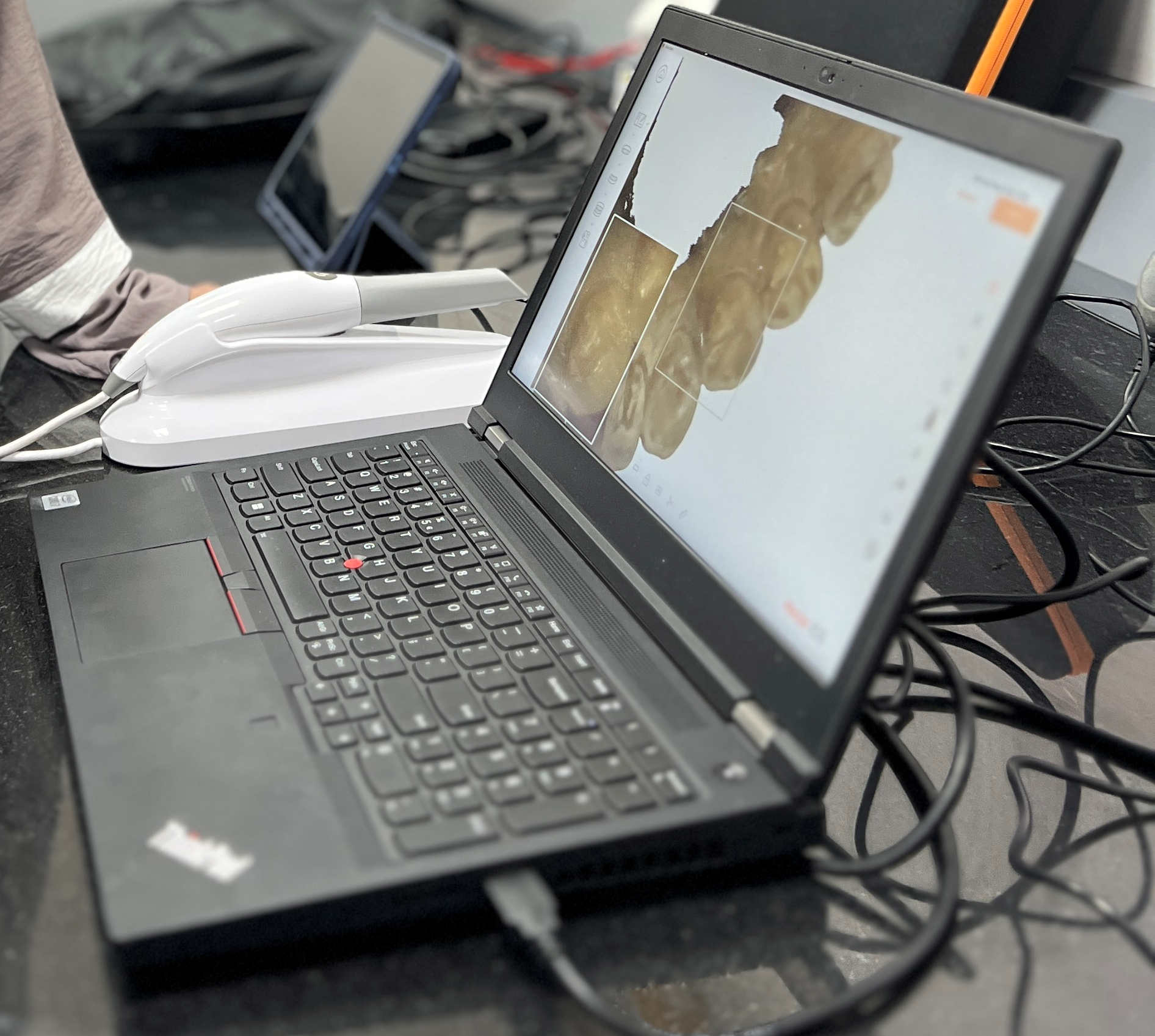Case in point are new platforms like WikiFactory, GitHub, MyMiniFactory, Thingiverse and several others. You may have run across their aggressive promotions on social media like Facebook and YouTube. With a burgeoning user base, these collaborative platforms are bringing together communities of creative and industrious individuals and helping them create product and service solutions for a variety of sectors and fields.
From Medical 3D printing software, to additive manufacturing, to mobile application development – communities on these platforms have been working on diverse areas of product innovation; innovation being the buzzword in all industries and sectors in the past decade or two.
In releasing innovation and creation from the confines and boundaries of laboratories, factory workshops and even thought-leadership conferences, online collaboration is fast building its own norms and practices of industrial contribution. Whilst innovations coming through from these online “factories” must still run through the same process of patenting, promotion, manufacturing or replication, and adoption, it has to a great extent freed experimentation from dictation by corporate and government boards.
Multi-million-dollar corporations as well as governmental agencies have been pushing innovation and development onto the industrial map aggressively and in a sustained manner; however, none had so far been able to provide concretely solutions that could up-scale innovativeness in society and economy. Whether the distributed model of product creation, promoted by startups and platforms supporting online collaboration, can scale up innovativeness or not remains to be seen. But it definitely seems to be a step in the right direction.
Author:
Girija Shankar Semuwal, Assistant Professor, Unitedworld School of Liberal Arts and Mass Communication (USLM)






